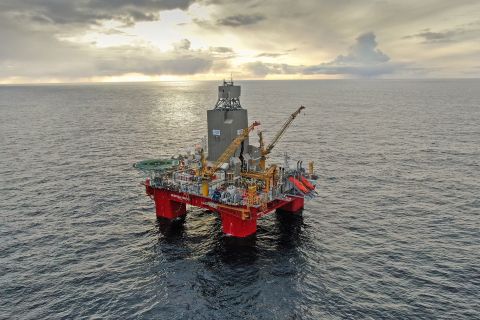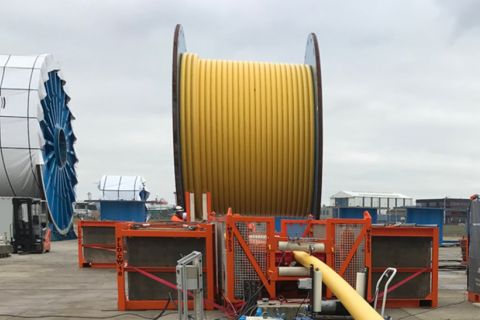This is technology transfer at its finest. Our “operator solutions” feature this month focuses on water management, particularly the difficulty in treating produced and flowback fluid in drilling, fracturing, and production. But one company’s efforts in oil and gas seem to be so successful that it is taking its concept to a more relaxed venue.
STW Resources Holding Co. has announced that it is implementing its desalination system at the Ranchland Hills Golf Club near Midland, Texas, converting 700,000 gal/d of brackish water into rainwater-quality irrigation water.
That’s right – West Texas golfers can enjoy their lush greens and fairways knowing that they have the oil and gas industry to thank for their little patch of heaven.
Turns out the golf course sources its water from 550-m (1,800-ft) wells producing from the Santa Rosa aquifer beneath the freshwater aquifer used by the local municipalities and water well owners. Prior to the desalination efforts, the course was spending considerable amounts of money on chemicals to prevent the salt from harming the grass.
The system is slightly modified from STW’s oilfield application since salinity is not the primary concern in oil and gas fields. Oilfield applications are applied to produced and flowback water and are designed to remove contaminants from the fluid stream. But a simple modification to the system at Ranchland Hills means that some minerals have to be added back in to keep the purified water from being too corrosive.
Not surprisingly, STW is looking to expand its nonoilfield capabilities to work on a large scale for cities and industries. Stanley Weiner, CEO, said in a press release that the company is in negotiations with certain municipalities. “We believe that the STW system can operate at a per-gallon cost that is comparable to the cost that most municipalities are currently being charged,” he said.
With so much hue and cry about fracturing operations and the potential impact on freshwater aquifers, it is heartening to see things go the other way – to see the strides that are being made in water management in the oil patch test their usefulness in different industries with the same basic problems.
Recommended Reading
Iraq to Seek Bids for Oil, Gas Contracts April 27
2024-04-18 - Iraq will auction 30 new oil and gas projects in two licensing rounds distributed across the country.
Vår Energi Hits Oil with Ringhorne North
2024-04-17 - Vår Energi’s North Sea discovery de-risks drilling prospects in the area and could be tied back to Balder area infrastructure.
Tethys Oil Releases March Production Results
2024-04-17 - Tethys Oil said the official selling price of its Oman Export Blend oil was $78.75/bbl.
Exxon Mobil Guyana Awards Two Contracts for its Whiptail Project
2024-04-16 - Exxon Mobil Guyana awarded Strohm and TechnipFMC with contracts for its Whiptail Project located offshore in Guyana’s Stabroek Block.
Deepwater Roundup 2024: Offshore Europe, Middle East
2024-04-16 - Part three of Hart Energy’s 2024 Deepwater Roundup takes a look at Europe and the Middle East. Aphrodite, Cyprus’ first offshore project looks to come online in 2027 and Phase 2 of TPAO-operated Sakarya Field looks to come onstream the following year.




